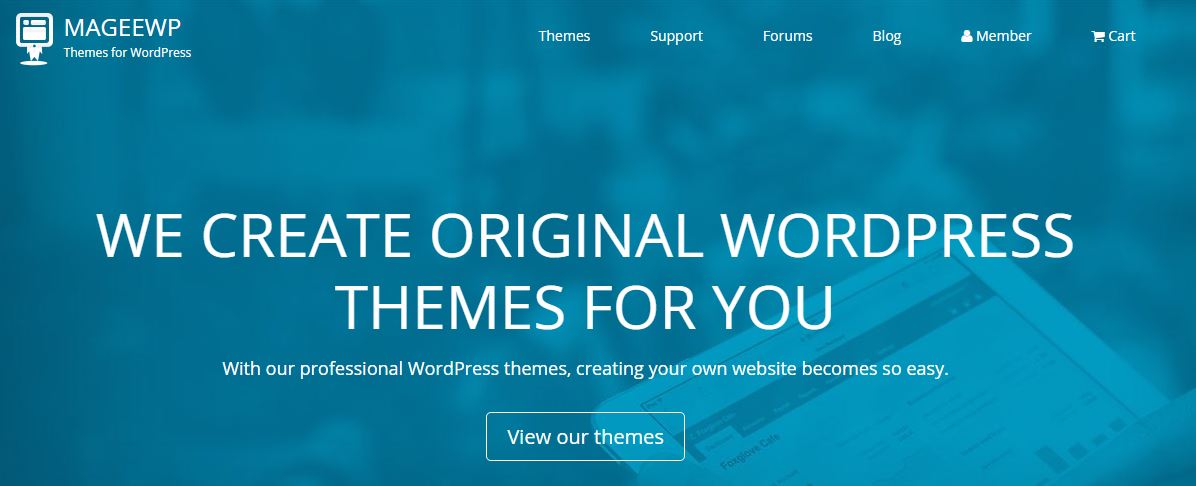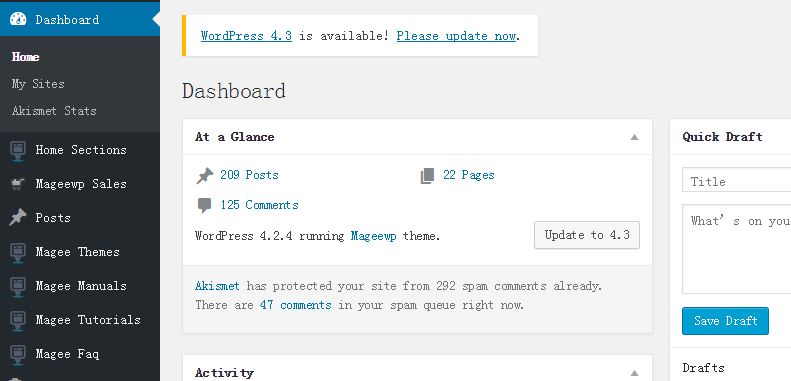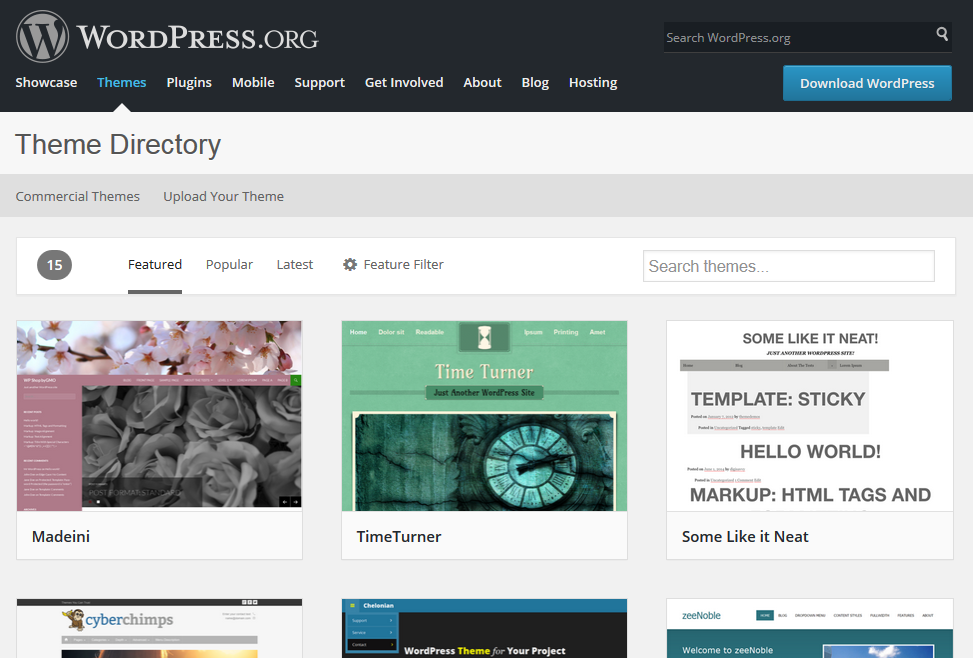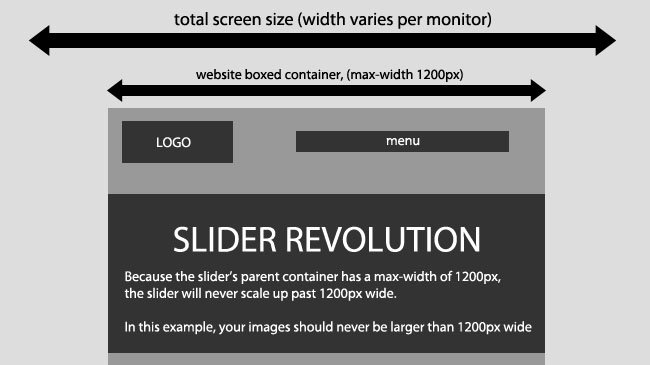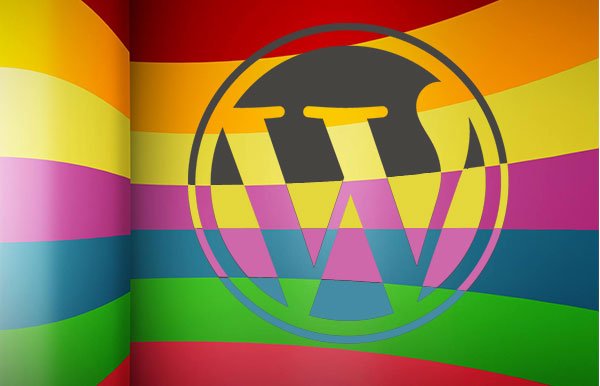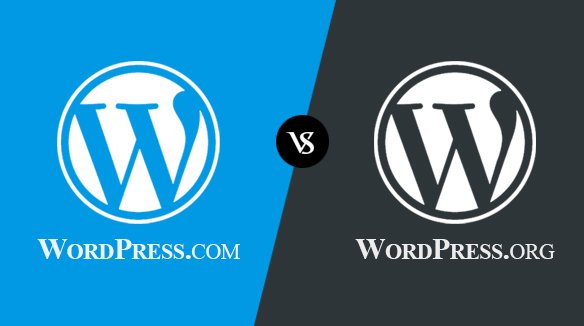
Confusing WordPress Glossary Explanation for Beginners
Blog
Blog is short for “weblog” – an online log, like a diary or journal. Blogs are usually personal websites in which individuals create posts about anything from their daily life to recipes to commentaries on hot topics, but they have evolved to include use by businesses and organizations to talk about important issues or to provide expertise.
Blog posts are usually listed in reverse chronological order (that is, the most recent one is listed first). But don’t worry, you can always reorder your blog posts using built-in theme options (like changing the date) or by installing a free plugin such as Post Types Order.
Front End, Back End
You might sometimes see the words front end and back end tossed about. The front end is the part of the website that end users (that is, site visitors) see when they visit a site.
The back end is the part where all the coding happens – or, in the blogger’s case, where the content management and website design happens. For you, the blogger, the WordPress admin is your back end. When you log into your WordPress website, you are logging into the back end of your website.
Bootstrap, HTML5, CSS3, JavaScript, jQuery
If you thought these terms are from another language entirely, you’re actually not far off the mark. But no need to let your eyes glaze over now every time you see them!
CSS3, HTML5 and PHP are all common, popular programming languages. They’re what developers use to build and design websites. As a blogger, you probably won’t need to learn or use any code – especially since page builder wordpress plugins have gotten so popular. If you use a theme like Total you can create a fully customized website without learning or using code (all the page sections, color pickers, icons and more are built-in!).
Bootstrap is a development framework that is used to build websites. It’s a front end framework, which means that instead of dealing with coding language, you see what the end-user sees. Originally designed to encourage consistency across internal tools at Twitter, it’s broadened into a collection of tools available to any developer.
jQuery is a JavaScript library – software designed to make web page element manipulation simpler and easier for developers. This
These aren’t things the average blogger needs to worry about, but they’re often mentioned in the features of plugins, themes and other applications, so now you know what they are when you run across them.
Theme
A theme is the front end design of your blog, sometimes known as the skin. It contains your color scheme, fonts, content layouts and more. Most premium WordPress themes allow significant customization and are built to be compatible with popular plugins.
When you set up a blog, one of the first things you do is choose wordpress themes. This helps you set the style for your blog. If you decide you don’t like the theme you’ve chosen, you can change your WordPress theme later on without too much difficulty. Some themes are free and some are premium (that is, you have to buy them). There are a bunch of the free themes available on WordPress.org, but they usually have limited functionality and little to no customization options compared to the premium themes (just something to keep in mind)
Responsive
When a website is responsive, that means it’s designed to configure itself to fit on any size screen, whether it’s your smartphone or tablet or desktop computer. Elements might hide or rearrange themselves to fit properly depending on the size of the screen. Responsiveness has become a standard feature in web design over the past few years.
Shortcode
Shortcodes are essentially macros, or sets of programming instructions designed to do things automatically, leading to reduced time and effort on your part (and no need for coding, either). In other words, shortcodes are shortcuts. In WordPress blogs, some themes contain shortcodes that you can use to format your content – for example, to add images or buttons, or to format paragraph quotes or headings.
Permalink, Slug
A permalink (short for “permanent link”) is the URL for a blog post or web page. When you share posts or pages with other people, the permalink is the web address that you’re sharing.
A slug is the part of the URL that contains the name of the post. It’s often just a few words long, intended to describe what the post is about. WordPress automatically uses the post’s title as the slug, but you can edit the slug if necessary.
Akismet
Akismet is a spam filter plugin for blog comments and pings. The idea is to moderate comments automatically so that you can spend your time doing other things – it stops an average of 7.5 million pieces of spam per hour! Akismet is pre-installed on your WordPress blog, but you’ll need to activate it when you set up your site. For more information, visit akismet.

SEO
This acronym is short for Search Engine Optimization. Basically, SEO is making sure your website shows up in search results instead of being lost in the ether – which means more site visitors. You can improve your WordPress SEO by using relevant tags, categories and keywords in your posts and headlines, and by writing headlines that tell visitors what your posts are about.
Parallax
Parallax scrolling is where background images move more slowly than the rest of the web page content, which creates the illusion of depth. It’s been used in video game and computer animation since the 1980s, but wasn’t used in web design. Using a theme with parallax scrolling effects supposedly gives your site a slick, modern look.
Slider
You’re probably very familiar with sliders, even if you don’t realize it – they’ve been used in web design for years. Sliders are small image galleries designed so that each image is displayed for several seconds before moving on (or sliding) to the next image. Many include links to blog posts or other content. WordPress has dozens of slider plugins available, some of which are often included in premium themes.
Trackback, Ping
Trackbacks are notifications for website authors that let them know when somebody links to their content. A ping is a network signal that sends a trackback. Trackbacks can help facilitate communication between blogs. Trackbacks are sometimes used to insert spam links, so if you use the trackback feature you should consider using special trackback spam filters.
